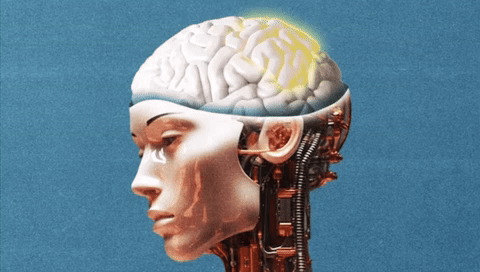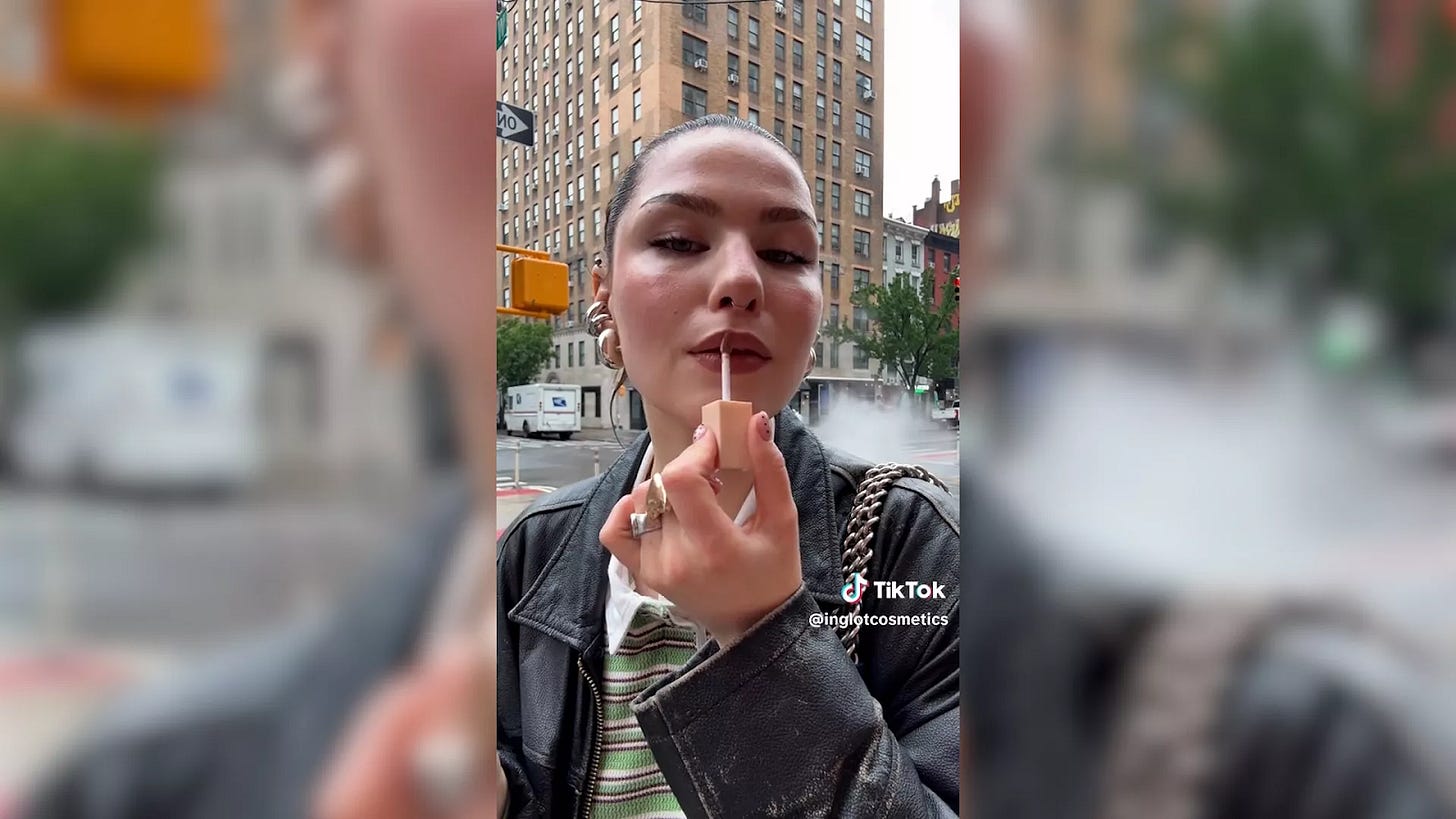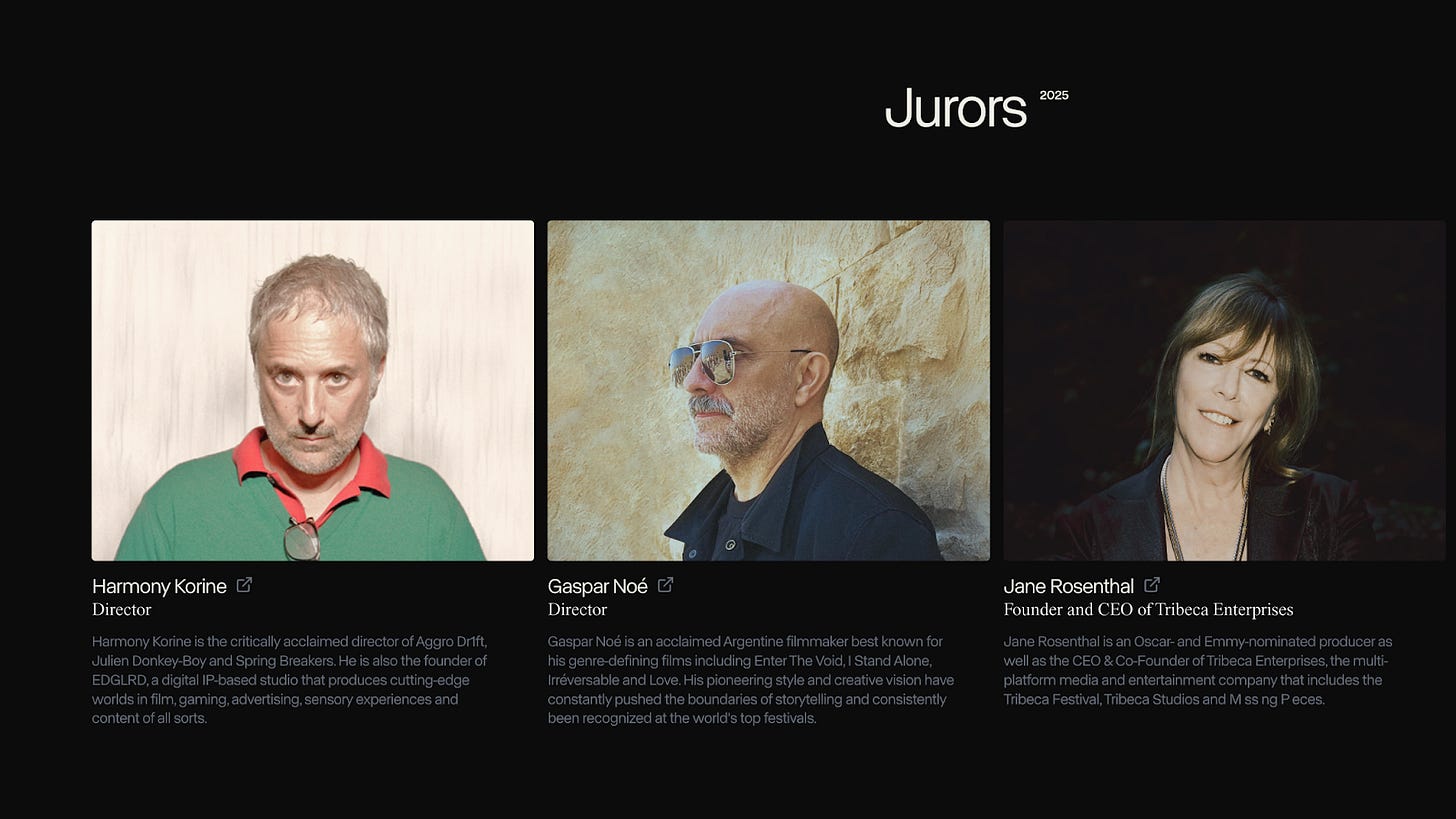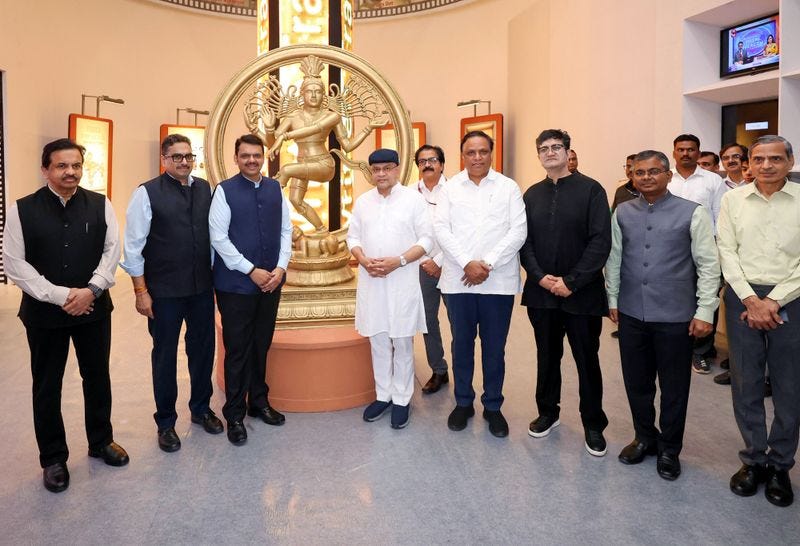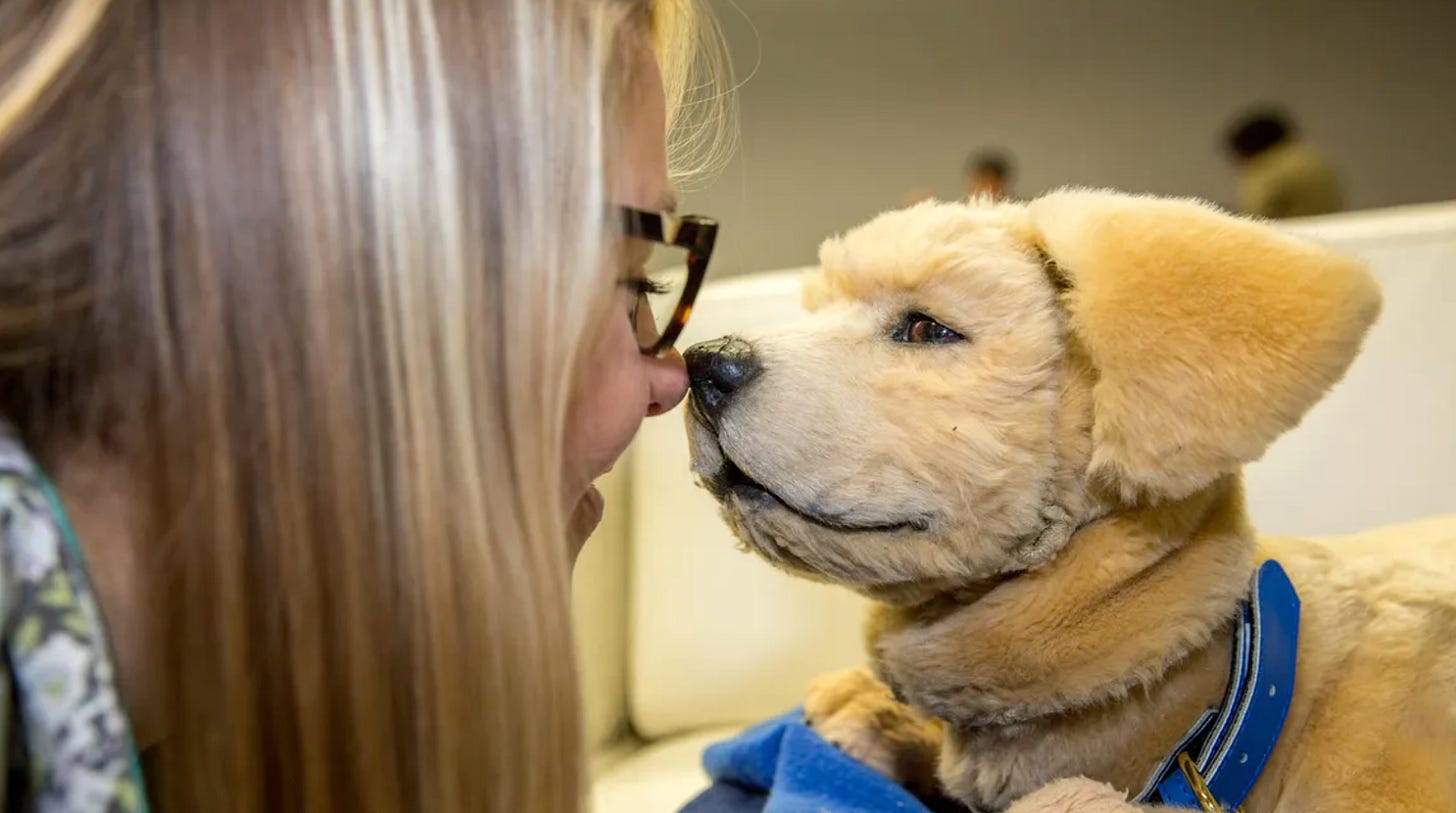Tools are getting louder, faster, and smarter but the real currency is trust. Not just between creators and platforms, but between audiences and what they’re seeing, hearing, and clicking on.
The cracks showed this past week.
YouTube doubled down on its AI slop crackdown. Adobe flexed its ownership muscles with royalty-safe sound generation and Substack locked in $100M to keep creators off the algorithm treadmill.
Also Netflix took one small step for studios and one giant leap for generative AI.
It’s shaping up to be a Scale-Up Summer. Just don’t forget to pack your authenticity.
Top News
Netflix Crosses AI Frontier in Buenos Aires
Netflix officially used AI-generated VFX in final footage of an original series for the very first time, confirmed by co-CEO Ted Sarandos.
The moment happened in El Eternauta, a sci-fi series set in Argentina. The series follows survivors of rapid and devastating toxic snowfall, and Netflix and VFX artists used AI to show a building collapsing in Buenos Aires.
According to Ted, the scene was completed 10x faster than traditional pipelines, for a fraction of the price.
This is Netflix playing 4D chess.
Instead of debuting AI on a big-budget U.S. tentpole (cue union backlash), they rolled it out internationally, framing it as creative empowerment. A protest is way less likely.
Make no mistake though. It’s just a matter of time before U.S. shows receive the same treatment.
Verdict: PR masterstroke by Netflix. By successfully rebranding generative AI from a union-buster to filmmaker-strapped-for-cash’s swiss army knife. Expect producers with mid-level budgets to watch on with morbid curiosity.
Platform Purge, Pt. II
Last week we covered YouTube’s plan from July 15 to start flagging low-effort, AI-generated content aka “AI slop.” This week, we’re seeing the ripple effects. Creators are scrambling to clarify what counts as “low effort,” while marketers (and YouTube’s PR team) are leaning into the platform’s promise of quality control.
The update:
YouTube has begun quietly testing new detection systems, and some channels are already seeing demonetization warnings tied to vague terms like “synthetic repetition.”
No official definitions yet, but word is YouTube’s looking at a mix of script redundancy, stock visuals, and AI voiceover patterns.
TL;DR: The purge has started, but the rules are still fuzzy. Creators are nervous. Marketers are thrilled.
YouTube is walking a tightrope between curating quality and alienating its next-gen talent pool.
TikTok isn’t far behind. Starting July 25, they’re rolling out stricter rules for AI content, ads, music, and disclosures.
Verdict: The algorithm gods are cleaning the house. And your neighbors too. It will be interesting to see how creators manage to bypass the rules because it’s simply inevitable that they will.
Intangible: Generative Video, Tangible Progress
A new stealth-mode web app called Intangible just dropped into the generative video arms race with something none of the big boys have nailed yet: actual user control.
Instead of typing “man rides horse at sunset” and hoping for the best, Intangible gives you a 3D interface (think early Blender) to move your subject, tweak camera, adjust lighting and then let AI do the rest.
It’s the first generative video tool we’ve seen that feels like it was designed for animators, not prompt engineers.
Built by alums from Pixar, Apple, Google, and Unity, it’s aimed at unlocking high-concept video production without the traditional rendering grind or text prompt roulette.
It’s early and the visuals still feel pre-alpha but you are shaping shots in a way that hints at where this entire field is headed: generation with agency.
Verdict: Generative video finally gets its UX glow-up. Intangible is still in development, but if it delivers, it could become the Figma of AI filmmaking, bridging the gap between artists and algorithms.
TikTok content Is Reshaping Euro Luxury Market
Despite a broader global slowdown in luxury spending, Europe’s market is moving in the opposite direction, rising by 3% in 2024 to reach nearly €110 billion.
According to Euronews this growth is being driven by shifting consumer behavior, particularly among Gen Z and Millennials, who are prioritizing emotional value and self-expression over traditional status symbols.
TikTok has played a major role in this transformation.
Local brands are reaching international audiences through platform-driven content, with users embracing trends like self-gifting and authenticity. Campaigns that feel natural, personal, and unpolished such as Burberry’s behind-the-scenes clips are resonating more than highly produced ads.
Instead of prestige, modern euro campaigns are building community and shared values, helping redefine what luxury means to a new generation of consumers across Europe.
Verdict: While U.S. brands obsess over platform pivots, Europe’s leaning into emotion-led content and seeing real returns. Might be time to follow their lead?
Timeline Watch
Runway’s AI Film Fest: Three week throwback but Total Pixel Space, took the Grand Prix at Runway 3rd AI Film Festival 2025.. A film about the concept of every image that could ever exist, ever. Naturally. More importantly, how did they get Gaspar on the jury?
Instagram’s CapCut War Continues: Meta keeps tweaking its ‘Edits’ app with reposting, voice enhancers, and advanced analytics. The growth-at-any-cost energy is still very much alive.
Disney vs Midjourney: The copyright lawsuit over AI training data continues to crawl through the courts. The outcome will decide the legal DNA of every generative model going forward.
Money Moves
New projections peg the creator economy at $480 billion by 2027, doubling from its current size. But here’s what’s actually changing:
The creator economy just had a $500M week. Substack locked in a $100 million Series C, pushing its valuation to $1.1 billion. A firm vote of confidence in the newsletter-first, platform-optional model. Meanwhile, Lovable, a no-code AI toolmaker for non-technical creators, pulled in a massive $200 million Series A at a $1.8 billion valuation. VCs are moving past social media and betting big on infrastructure. Read more
Moonvalley secured $84M (led by General Catalyst et al.) to expand Marey:a tool for VFX and background footage built on licensed or original training data. Read more
Global Playback
India just launched its first dedicated Institute of Creative Technology. Backed by tech founders and Bollywood vets, the school is positioning itself as a hybrid of NYU Tisch, MIT Media Lab, and a TikTok growth course.
The Mumbai-based institute opens its doors this September with a curriculum that spans AI, VFX, virtual production, and creator entrepreneurship.
Why it matters: India’s creator economy is exploding. Nearly 200 million creators and counting but educational infrastructure has lagged behind.
This marks a serious bet on local talent scaling globally, especially as Bollywood and streaming platforms demand more real-time tools and cross-disciplinary skills. Expect this to be the first of many.
Jennie the $6.1M Next-Gen Robot Puppy
Tombot just pulled a $6.1 million Series A to scale its lifelike robot dog, Jennie designed with Jim Henson’s Creature Shop magic to be a therapeutic companion for seniors, dementia patients, and anyone in need of furless comfort.
Jennie responds to pets and voice commands, wags her tail, and is currently has over 16,000 pre-orders in the queue.
We’d love to join the 16,000 folks lined up for Jennie but a robot dog that looks this realistic?
Does the uncanny valley exist for dogs?


